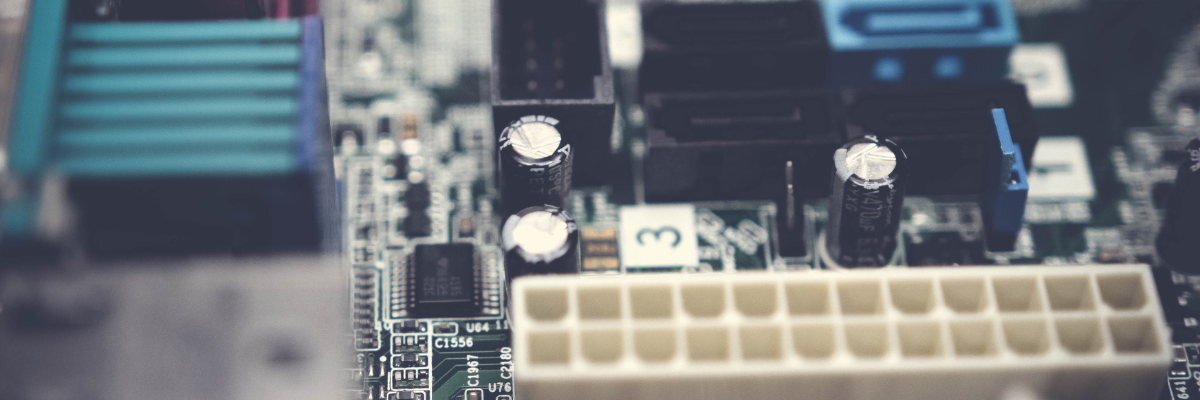When it comes to longevity, reliability, and performance of electronic devices, efficient thermal management is a critical factor. From smartphones to high-powered servers, almost every piece of technology generates heat as it operates, and if that heat isn’t properly dissipated, it can lead to overheating, system failure, or even permanent damage to components. This is where thermal management solutions like thermal vias and heat sinks come into play. Both these methods are integral parts of thermal management in different ways. This post discusses the differences between thermal vias and heat sinks, exploring their functions, advantages, and the scenarios where each solution excels.
What Are Thermal Vias and Heat Sinks?Thermal vias are small holes or channels in a printed circuit board (PCB) that transfer heat from one layer of the PCB to another. These vias are filled with a conductive material, such as copper, which helps transfer the heat efficiently through the board.
A heat sink is a passive heat exchanger designed to dissipate heat away from hot components, such as CPUs, GPUs, or power transistors, into the surrounding air. Heat sinks are typically made from metals with high thermal conductivity, such as aluminum or copper, which efficiently absorb and spread heat across a larger surface area.
Key Differences Between Thermal Vias and Heat Sinks
When it comes to thermal management, both thermal vias and heat sinks play essential roles in dissipating heat. Here’s a breakdown of the key distinctions between thermal vias and heat sinks.
- Thermal performance: Thermal vias excel at conducting heat through the layers of a PCB. They are ideal for distributing heat across the board, allowing it to be transferred to the outer layers where it can be dissipated more easily. On the other hand, heat sinks provide direct heat dissipation by absorbing heat from a component and increasing the exposed surface area for heat transfer to the air. They are highly effective in managing the heat from surface-mounted components, especially when coupled with airflow (fans).
- Cost and manufacturing complexity: Incorporating thermal vias into a PCB design generally involves low additional cost. They are created during the PCB manufacturing process, so there is no need for separate components. Heat sinks come with an additional cost and can increase the overall expense of a product. The cost can vary depending on the material and the complexity of the design.
- Space and design factor: Thermal vias are integrated into the PCB design, so they don’t take up any additional space on the board. This makes them an excellent choice for space-constrained applications or high-density designs where adding external components would be impractical. Heat sinks require physical space on the device, typically mounted directly on top of components. This can be a challenge in compact devices where space is limited.
Factors to Consider When Choosing Between Thermal Vias and Heat Sinks
Below are the key factors you should consider when making your decision.
- Heat generation and distribution patterns: If your design involves components that generate heat on multiple layers of a PCB, thermal vias can help distribute that heat efficiently across the board. Heat sinks are best suited for localized heat sources. They work efficiently in applications where you need to dissipate heat directly from a component into the surrounding air.
- Heat dissipation requirements: Thermal vias are good for moderate heat dissipation. But they aren’t as efficient as heat sinks in terms of direct heat removal. If the thermal requirements of your components are not very high, thermal vias can be an effective and simple solution. Heat sinks excel in applications requiring high heat dissipation. They are capable of pulling heat away from components and spreading it across a larger surface area.
- Available space and form factor: Thermal vias are part of the PCB itself, so they don’t require additional external space. This makes them ideal for compact or high-density designs where space is limited. Heat sinks require space on top of the component they’re cooling. They can add bulk to your device, which may be a limitation in designs where size and form factor are crucial.
- Manufacturing complexity: Thermal vias are integrated during the PCB fabrication process, and their complexity depends on the design and manufacturing precision. Heat sinks are typically an external component that must be attached to the device during the assembly process. This adds to the overall assembly complexity.
- Long term durability: Thermal vias are a part of the PCB and can last as long as the PCB itself, which is typically years. However, they can become less effective if the PCB is subjected to mechanical stress or temperature extremes over time. Heat sinks are exposed to the environment and subject to wear over time, especially in environments with high vibration or airflow.
Ready to optimize your thermal management? At Rigiflex Technology Inc., we offer high-performance flexible, rigid-flex, and rigid printed circuit boards (PCBs) tailored to meet the specific thermal requirements of your applications. Whether you’re designing for aerospace, automotive, medical devices, or consumer electronics, our advanced PCB solutions are engineered to ensure optimal heat dissipation and system reliability. Contact our team today to share your requirements.

